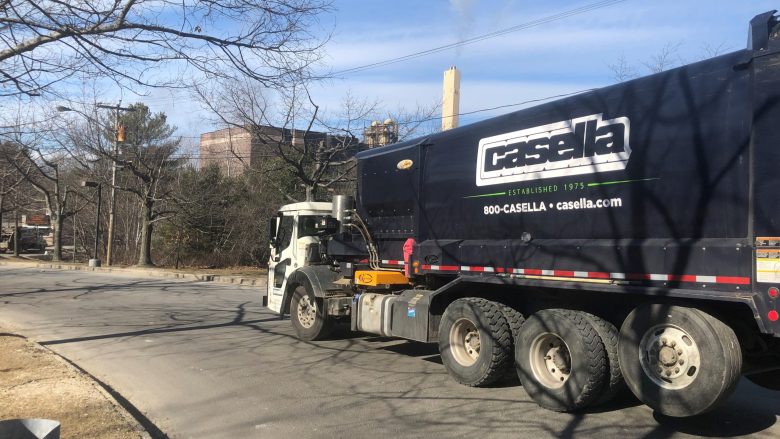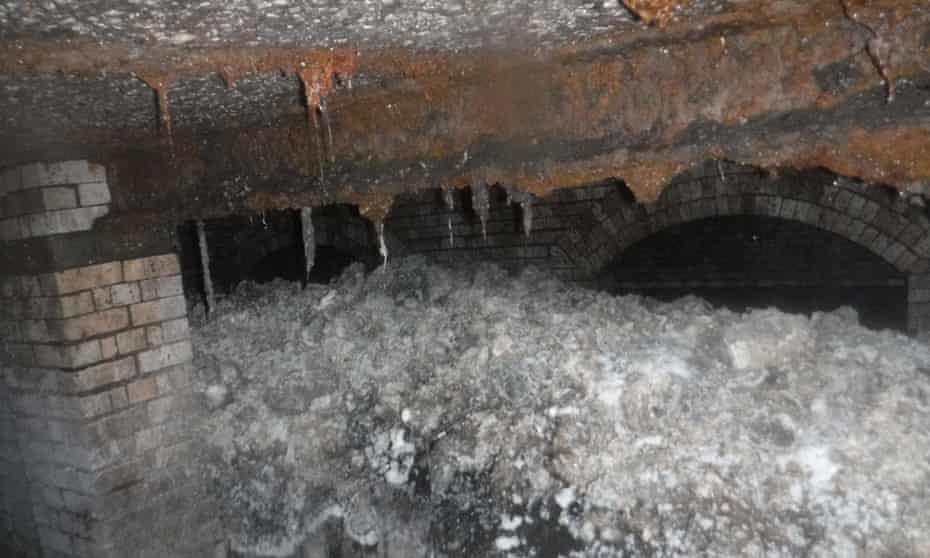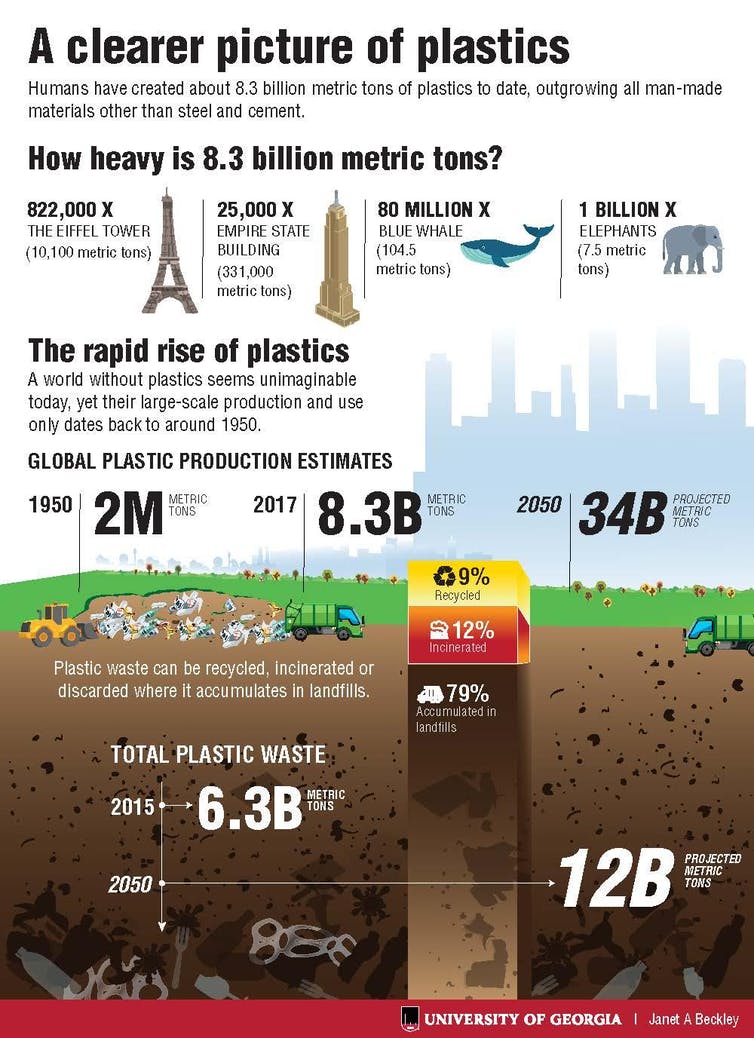Toxic Tours, a new initiative by #breakfreefromplastic, is giving people an inside look at some of the planet’s dirtiest secrets. Instead of your typical tour that focuses on history or scenery, Toxic Tours takes you via video to the epicenters of nasty air, water and soil pollution.
Continue reading below
Our Featured Videos
Conceived by environmental justice organizations, Toxic Tours raises awareness on the toxic impacts of plastic production on frontline communities, according to #breakfreefromplastic consultant Estelle Eonnet. Frontline communities are often composed of low-income residents and/or people of color who bear the first and worst consequences of climate change.
Related: Innovative biomaterials to help the world replace plastic
“Toxic tours have been organized in person by local organizations and communities for decades,” Eonnet said. “The goal of the project was to amplify these local stories at a global level. On the Toxic Tours platform, frontline communities can directly share their stories and map the petrochemical build-outs around their homes.“
Thank you! Keep an eye out for our weekly newsletter.
Join Our Newsletter
Receive the latest in global news and designs building a better future.
SIGN UP
SIGN UP
This isn’t poverty tourism, where outsiders gawk at the poor locals. Instead, all Toxic Tours footage is filmed by community members and local environmental justice groups who want to raise awareness of the conditions forced upon them.
International tour of the website
The Toxic Tours site launched on Jan. 27 and provides interpretation in English, Spanish, French, Portuguese, Filipino, Mandarin and Hindi. From the homepage, you can click on Asia, Europe, Africa, USA or Latin America, which takes you to a map of the region. Featured cities are clearly marked.
For example, click on Manali, India. You’ll learn that the country’s Central Pollution Control Board has categorized the area as critically polluted for almost a decade. You can see a video about the petrochemical cluster stretching from North Chennai to Manali, which is the site of more than 30 polluting industries. Resident M.K. Elampazhuthi talks about the sewage and petroleum waste in the Buckingham Canal of Chennai, and local youths model awful face masks they made to help them breathe outside. They look like homemade gas masks.
In Turkana County, Kenya, you’ll learn about the lands rights and health risks issues created by new oil extraction activities. Julius Loyolo shows a public latrine that multinational oil company Tullow built for the community. Nice to have toilets, but the company still hasn’t addressed worries about land ownership, employment and health.
“Environmental justice organizations work closely with community members to capture the pressing issues that the communities face, due to the petrochemical build outs,” said Eonnet. “The Toxic Tour platform remains open to members of frontline communities, who continue to pin their stories to the map.”
Toxic U.S.
The U.S. also gets its star turn on the Toxic Tours platform. In fact, instead of having a North America section, there’s just USA. The platform features “Cancer Alley,” an 85-mile corridor along the Mississippi River between Baton Rouge and New Orleans, Louisiana.
Cancer Alley is known for the country’s highest concentration of petrochemical plants and refineries. It also has the most particulate pollution and highest cancer rates. The EPA determined that the risk of getting cancer from air pollution here is 95% higher than for people living in other parts of the country. Most of Cancer Alley’s damage is in predominantly Black and low income communities.
In California, Diego Mayen leads a toxic tour of West Long Beach.
“My community is affected by the petrochemical industry at every stage of the production of plastic,” he said. “From the extraction of oil, there are oil drills next to people’s homes in Wilmington and also in Long Beach.”
Residents also contend with 40% of the nation’s goods transiting through their neighborhood, multiple refineries operating 24/7 and incineration.
“We live next to one of two incinerators in California that burns trash from over a thousand cities, including more affluent communities,” Mayen said in his video. In his 21 years, he’s experienced health impacts such as headaches and nosebleeds linked to incinerator fires. Lots of his friends have asthma. “I don’t think it’s fair that our community should have to wonder if it’s safe to go outside.”
Toxic Tours’ vision
Toxic Tours aims to elevate local voices and ensure that community fights are amplified.
“We need robust regulations for the petrochemical industry, structured by a global treaty on plastics,” Eonett said. “With the Fifth Session of the United Nations Environment Assembly taking place in Nairobi end of February, it is a crucial time for the public to uncover the negative impacts of plastic production and call on policymakers to support a resolution for a plastics treaty that covers the whole life cycle of plastics.”
Via #breakfreefromplastic





